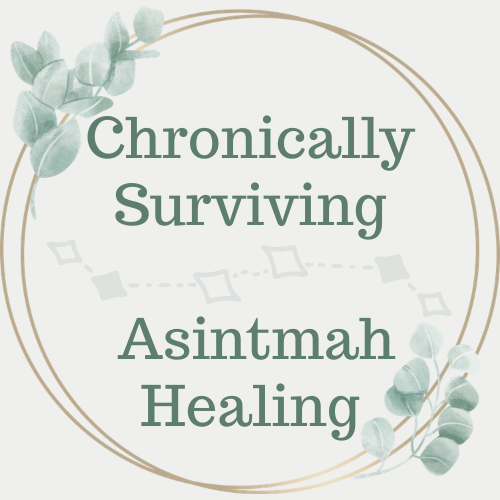This is my good friend Ben. He’s one of my favorite people to talk to. We can talk for hours without missing a beat, without ever running out of things to say. Ben oozes with compassion and has a keen sense of awareness that is unmatched. He sees things for what they truly are and appreciates all the nuances. He views life differently, and I look up to him for that.
Ben is such an amazing example that with continued effort in integrating mindfulness and gratitude in everyday life, incredible results can be achieved. What’s best is that Ben doesn’t do the “spiritual bypassing” that has plagued the mindfulness teachings. He doesn’t use this new age buzz to sidestep or avoid accountability or difficulties. He approaches mindfulness and gratitude healthily and intentionally, and he’s a great role model for it!
Ben Raskin-Gross has been living with the rare disease, Congenital Hyperinsulinism (CHI), his whole life. CHI affects the function of the endocrine system because the pancreas over-produces insulin. This results in hypoglycemia that affects the functions of the brain. Due to neurological differences from hypoglycemia, Ben has nystagmus and strabismus, (two types of visual impairments), motor coordination issues, epilepsy, and some learning disabilities.
Ben has a Bachelor’s in Liberal Studies with a minor in Education from Landmark College. There, he developed interests in rare disease and disability advocacy, education and psychology, health and health education, executive functioning and educational technology coaching, research, and library and food services. He is grateful to be living a full life.
Read Ben’s blog post on mindfulness and gratitude practices below:
In the article, “How Gratitude and Mindfulness Go Hand and Hand” by Louai Rohal, they explain that even though mindfulness and gratitude may be thought of as separate practices of healthy living, they are actually interconnected. Mindfulness and gratitude are not emotional or facial expressions. Mindfulness and gratitude are states of being. They are when you can put your stress in perspective, convert negative thoughts into more compassionate ones, and accept life the way it is without having unrealistic expectations for how it could be better. They are about accepting grief over temporarily not seeing your loved ones; undergoing what feels like untimely prolonged states of uncertainty; focusing on the people and things in your life you do have rather than what you may feel is missing. It’s about scattering your life, time, and attention so they are filled with variety, diversity, and structure rather than invariability, tunnel vision, rigidity, and spiraling thoughts.
For my whole life, I have always seen the world through the lens of gratitude and have practiced mindfulness. I have been living with Congenital Hyperinsulinism, a health condition of the endocrine system that causes the pancreas to overproduce insulin. This causes prolonged low blood sugar. This experience has made me more grateful and more present-focused right from the start of my life. During my infancy and early childhood, I was very appreciative of the one-on-one care I received from private duty nurses during the school day and every night. The nurses who took the night shift would even work weekends and holidays. I also cherished family vacations (I still do). When I was in my late childhood and adolescence, I enjoyed extra-curricular activities, school days, seeing people on a day-to-day basis, and being present with my surroundings. I have always been a very present and grateful individual.
It was not until October 2016, during the middle of my first semester of sophomore year at Landmark College, when I started to be actively aware of people’s thoughts and actions, and my own, in relation to gratitude and mindfulness. At that time, I was taking a Positive Psychology course. I took this course because I was interested in learning the curriculum. It was not a required course, although it did count for credit toward both my associates and bachelor’s degree. My classmates and I had a great professor, Solvegi Schmulsky. She taught us many ways to practice gratitude and mindfulness. I have applied my knowledge of these additional ways to incorporate these new practices into my own life. Some of the ways I practice gratitude and mindfulness include: writing a letter of thanks, keeping a gratitude journal, taking a gratitude walk, mindful eating, appreciating the people in your life, and smelling flowers. There are infinite ways to be grateful and mindful in an isolated world. You do not have to literally walk a mile in your shoes. You don’t need much; a curious state-of-mind and a sprinkle of appreciation would do.



